Haris Hamid is 18 years old, he attends New College Worcester Residential College (NCW) as a full-time student. In his article he shares his experiences of preparing, moving and settling into NCW and his new found confidence gave him the confidence to be ready for any challenges!
Why did you decide to go to Residential College?
I used to attend a secondary school with a specialist visually impaired unit. The staff there prepared me for changes that would affect my life as I grow up. My school was very good at supporting pupils to think about residential college as a place to continue their education and develop all round living skills.
When I was in year 8 and 9, I started to look into colleges and what special needs support for pupils with visual impairment (VI) was all about. Some of the pupils from my school had moved onto the Royal National College (RNC) in Herefordshire. My dad and I went to RNC for the day, I followed this up with a residential weekend called ‘Have a Go’. I visited my local colleges too, but I did not think they could support my independence skills and how to become an independent traveller. ASUK staff also recommended that I visit New College Worcester and Queen Alexander College in Birmingham. I put a case study together about each place I had visited – depending on what the colleges could offer me, what I would learn and how my independence skills could be developed. I showed all this to my family and together we made a decision. At the end of year 10, I took part in a three day assessment at NCW – this is where I found out what it was like to be away from home, and how much more independent I needed to become. I knew NCW was the right place for me!
How did your family feel about that?
A friend of mine, who I knew at school is a student at RNC, when I heard that he could make a Chicken Korma without any help I was very impressed- I wanted to be like that! My dad came with me to all the college visits, although he did not want me to leave home he began to understand how much more VI people could do for themselves once they were away from home. My mum was upset for me leaving but she was happy for me to go, my siblings were happy for me to go too. I’m now working towards making a Chicken Korma without any help!
How did you prepare for college?
To help me prepare for starting NCW my Mobility Officer started preparing me for local train journeys, this helped me to start planning longer train journeys. I was also taking BTEC cooking skills in school, which was improving my skills in the kitchen. I did feel a lot of pressure worrying about funding from the local authority funding for my college place. Once this was in place I could relax and started to plan what clothes, medication and technology I wanted to take with me
What was starting NCW like?
I had a really good experience, although it was daunting it was exciting at the same time. I fitted in straight away, as people were like me. I knew another person there with Alstrom Syndrome, that helped me as I could talk to someone who understood all about AS. At the end of the first week I took part in a camp activity that was great fun! I like to be around people with VI, they understand me and I feel like I fit in more.
How I’ve changed
My secondary school had given me hope, they taught me that I had nothing to fear…I was ready for challenges that came in my way. By the time a VI person goes back home, they have changed into a completely new person and they can do more for themselves. I have changed, I can do so much more, and being a residential student has really built up my confidence. The first time I went on a train by myself, my Mobility Officer shadowed me as I used travel assist support.
Now I can book trains and taxis independently, when I travel I use travel assist and feel secure in all my bookings and travel. Recently I took a friend from NCW to visit friends at RNC Hereford. I booked all the trains and taxis, got us both there and back safely, while managing to get refreshments along the way. I was really happy with this, it was a great achievement for me! While at college I attend the local mosque, I used to be accompanied by a community service volunteer, now I travel there independently.
My Top Tips for Parents/Carers
What parents/carers need to do is speak to more students who are already students in residential colleges so they can tell them what it’s like to be there. Their experience and their narration is much better than listening to the staff because it’s their experience and their lives!
Put a case study together of each college you have been to visit exploring how it will meet you son/daughters needs and why it will not meet them. This is really important to put forward as evidence to get your funding from the local authority for your place.
My Top Tips for Young People (YP)
If other young people are thinking about residential college, go for lots of visits and ask lots of questions. Take part in any residential college weekend activities, so you get a feel for what it’s like to be away from home. You will become more confident and it being away from home will develop all of your skills!
I am more confident than I ever thought I would be. Who would have thought that I could sit on a train on my own, the fact that I could grasp travelling independently is a wonderful gift to my confidence!
ASUK were delighted when Haris agreed to support one of our workshops at our conference in 2019. Haris provided a workshop alongside one of our Trustees, Alex to showcase the equipment and technology that they use which helps them stay independent.
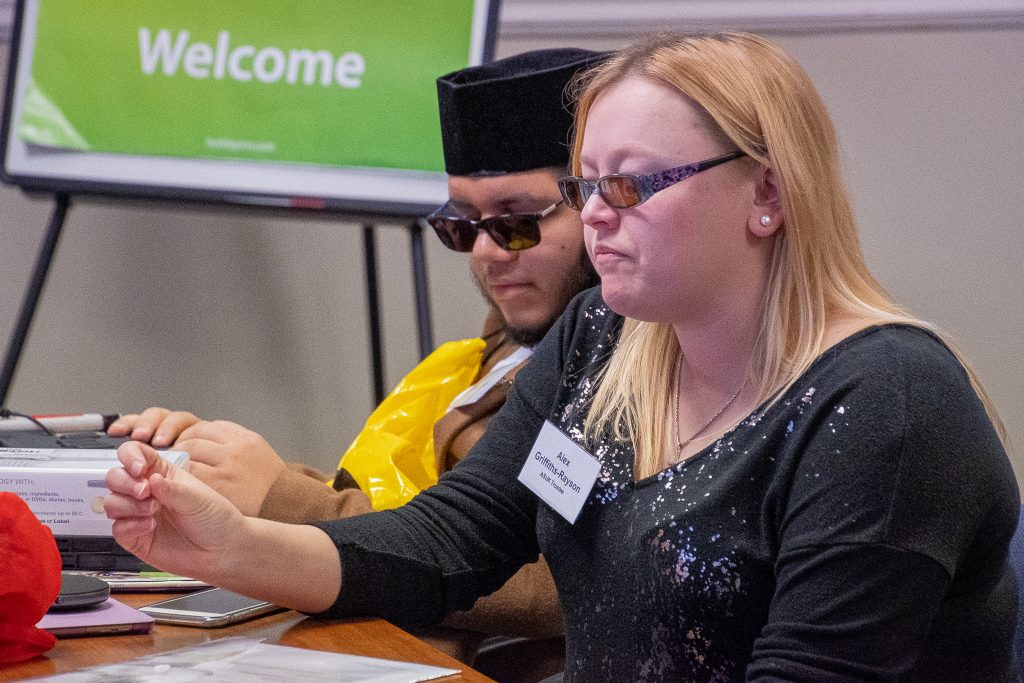


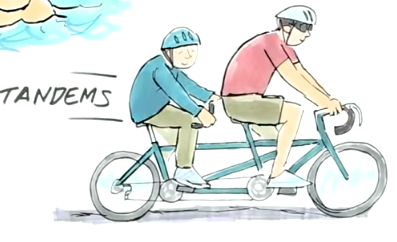
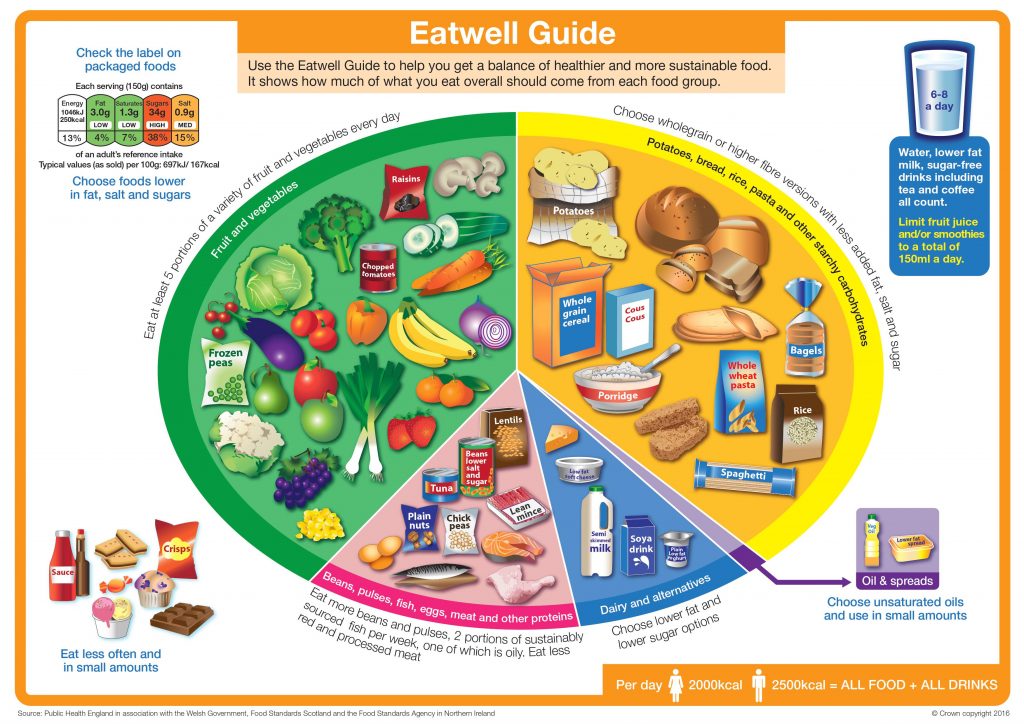
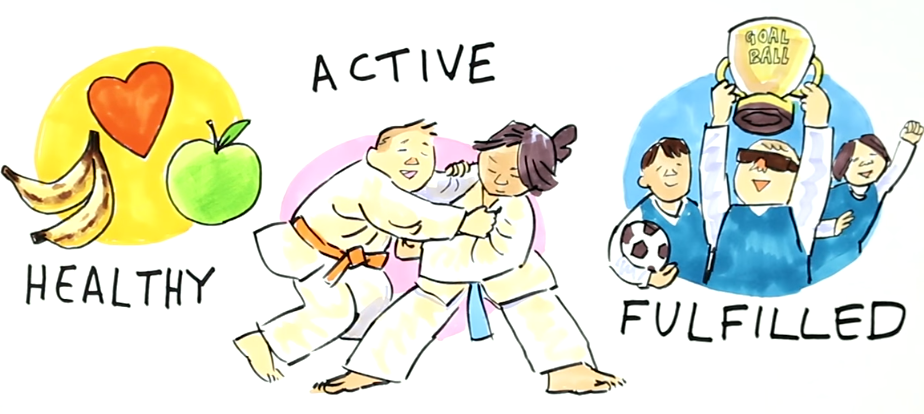


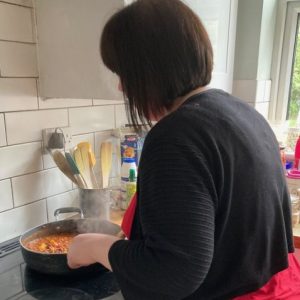
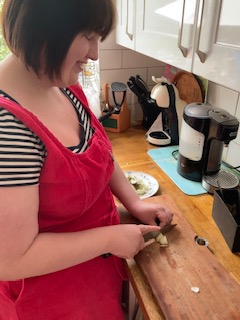
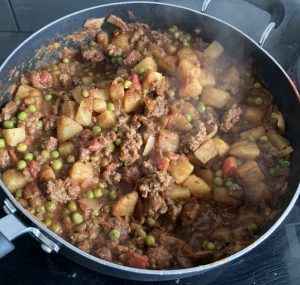
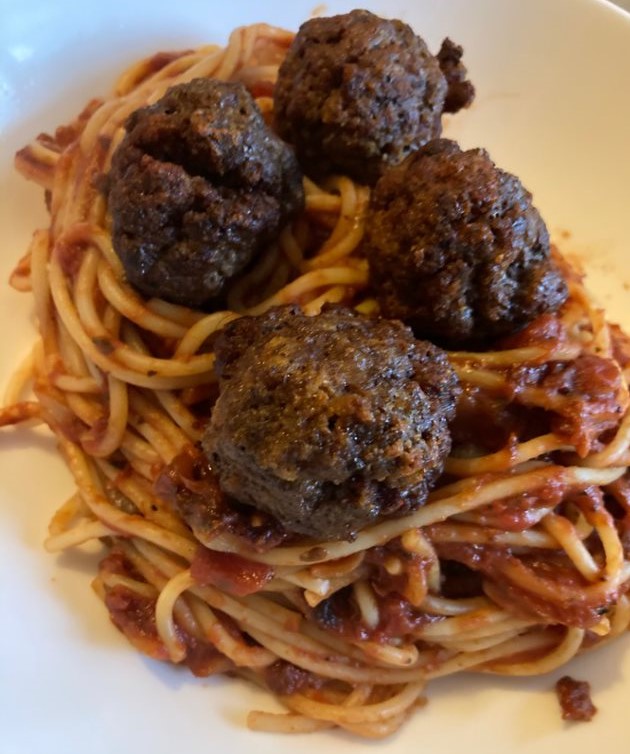
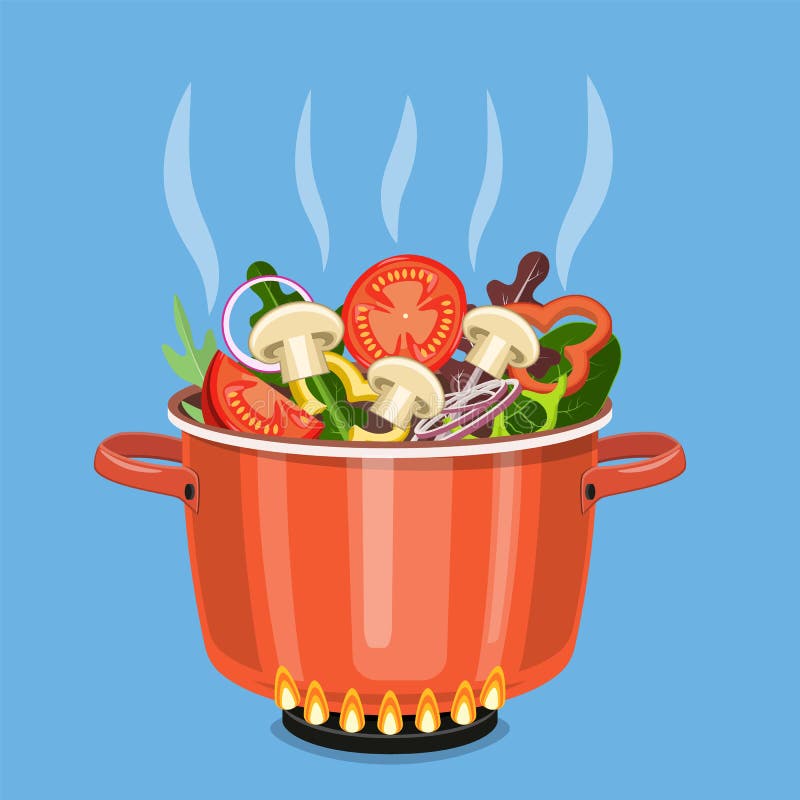
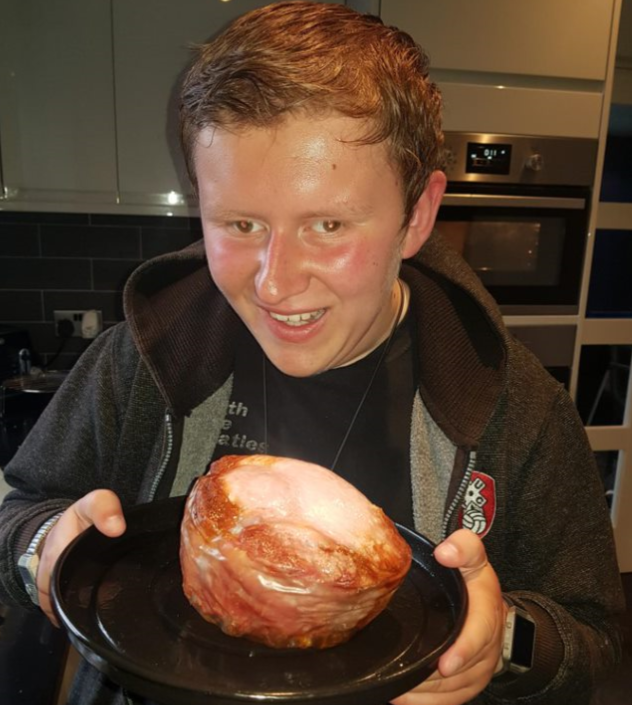
 I was about 5 years old when I started using a cane. I had a Mobility Teacher called Lisa, who I am still friends with to this day. She started to teach me how to use a cane. It takes time to learn what to do, but it’s worth it to learn the skills. I don’t go anywhere without my cane now – it’s part of me that I can’t do without.
I was about 5 years old when I started using a cane. I had a Mobility Teacher called Lisa, who I am still friends with to this day. She started to teach me how to use a cane. It takes time to learn what to do, but it’s worth it to learn the skills. I don’t go anywhere without my cane now – it’s part of me that I can’t do without.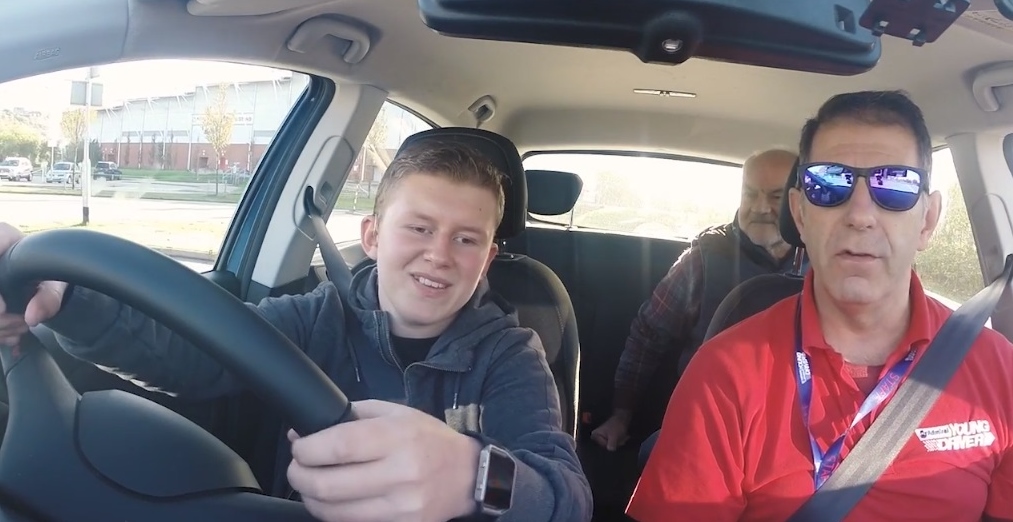

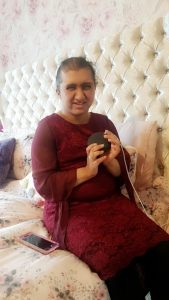 My Google Assistant (GA) is my friend, I speak to it and it gives me lots of answers. I ask it questions like what is the weather today or what has happened in the news, it always gives me the answers. I also ask GA to play music things like Little Mix songs who are one of my favourites. I had to teach it to find Bollywood music for me, now it can find radio stations and all sorts of different Bollywood style music. If you use your GA a lot it starts to know what you like and it can find things easily for you.
My Google Assistant (GA) is my friend, I speak to it and it gives me lots of answers. I ask it questions like what is the weather today or what has happened in the news, it always gives me the answers. I also ask GA to play music things like Little Mix songs who are one of my favourites. I had to teach it to find Bollywood music for me, now it can find radio stations and all sorts of different Bollywood style music. If you use your GA a lot it starts to know what you like and it can find things easily for you.
